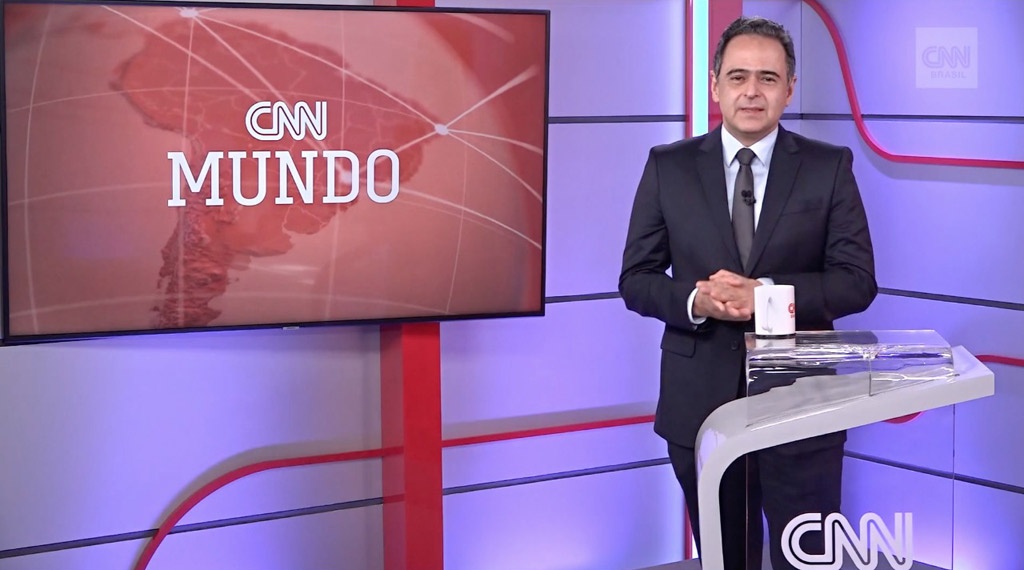By Robert Samuelson
Sao Paulo, Brazil – Over the years, we have applied various labels to countries like Brazil: “Third World,” “developing,” “emerging” and “newly industrialized,” to name a few. But even a brief visit here (my first) shows how our vocabulary has been overtaken. What you find is some First World, some Third World and much in between. The economic transformation of the world’s poor regions–now dubbed “globalization”–is one of the great stories of our time. But its very messiness defeats easy stereotypes. The Sao Paulo metropolis is Brazil’s commercial, industrial and financial center. Depending on whose figures you believe, it ranks somewhere between the world’s third- and sixth-largest urban concentration. It’s certainly smaller than greater Tokyo (33 million) and New York (20 million), and at almost 18 million, is in the general vicinity of Seoul, Mexico City and Bombay. Though not handsome, the city isn’t squalid, and outwardly, much of the population is bustling toward middle-class consumerism. Downtown has the usual office and apartment towers, luxury stores and restaurants. Cell phones are widespread. At rush hours, there are the familiar traffic jams. Middle-class Brazilians confess (or brag) that they’re compulsively borrowing on their credit cards at an astonishing interest rate of 8.5 percent a month. Outside the city center, some working-class neighborhoods look like the Bronx: clusters of small homes and apartments mixed with stores, repair shops and warehouses. In 2000, Brazil’s economy expanded 4.2 percent, feeding optimism that strong growth can continue. I talked with several editors of Exame, the country’s major business magazine, who cited several reasons for confidence. The most important is the conquest of hyperinflation, which–until the mid-1990s–seemed invincible. In 1994, it was 2,076 percent. Hyperinflation exhausted Brazil’s morale and energy. People shopped daily, before prices rose. Similarly, people moved their earnings instantly into accounts indexed for inflation. The introduction of a new currency (the real) in mid-1994 gradually tamed the monster. Last year, inflation was 7 percent. The second reason is Brazil’s sheer potential. With about 170 million people, it is the world’s fifth-most-populous nation (after China, India, the United States and Indonesia). As recently as 1985, Brazil’s per capita income of $5,500 was almost equal to South Korea’s. By 1998, it was half of South Korea’s $13,300. (For comparison, the U.S. figure was $32,000.) The Latin “debt crisis” of the 1980s and hyperinflation caused a “lost decade.” On paper, there’s vast untapped demand for housing, cars, appliances, roads, schools or almost anything. Brazil’s longstanding ambition is to achieve First World status, writes Lincoln Gordon in his book “Brazil’s Second Chance.” Based on Sao Paulo’s prosperity, the dream seems plausible, but as Gordon–an ex-U.S. ambassador to Brazil–points out, it’s hardly inevitable. Rural poverty is crushing, and cities are pocketed with slums and favelas (squatters’ neighborhoods). Two reporters from O Estado, the city’s largest paper, gave me a tour of one of Sao Paulo’s. Jammed between a highway and a food warehouse, it’s a tangle of unpaved alleys. Perhaps 1,000 people live in 200 or so meager dwellings. The flimsiest are shacks with wooden sides and tin roofs; the sturdier homes are made of cinder blocks. Iraneide, a woman of 30 who is our guide, says that life is much better in the city than the Northeast, from which she migrated a year ago. She is probably right. Most shacks have TVs and stoves. Still, it’s desperately poor. Many of these neighborhoods exist on the edge of the law. In 1999, greater Sao Paulo had 9,000 murders. That’s about half the number for all the United States (about 17,000 in 1998). Violence breeds security-consciousness. Houses and apartments in wealthy neighborhoods are typically walled and gated, frequently with security guards. Brazil’s prospects depend heavily on foreign investment, which in turn depends heavily on the global economy and political stability. The first is faltering, and an economic crisis in neighboring Argentina compounds the uncertainty. Meanwhile, politics remains a question mark. Between the mid-1960s and the mid-1980s, Brazil was ruled by the military. Until the election of Fernando Henrique Cardoso in 1994–he was re-elected in 1998–popularly elected presidents had floundered. But Cardoso can’t run again in 2002. “We Brazilians think that we are a country of promise, but that the time of promise is always passing,” says Lourival Sant’Anna, a respected journalist. “My parents were part of a generation in the 1950s who felt that they were building the country. But they became completely disillusioned by the military, high inflation and the lost decade.” The larger lesson is that there is no simple path to the First World. Each country takes its own journey, shaped by history, culture and chance. The consequences are never entirely predictable, which is why all our generalizations usually don’t fit the facts on the ground.
© 2001, The Washington Post Writers Group









